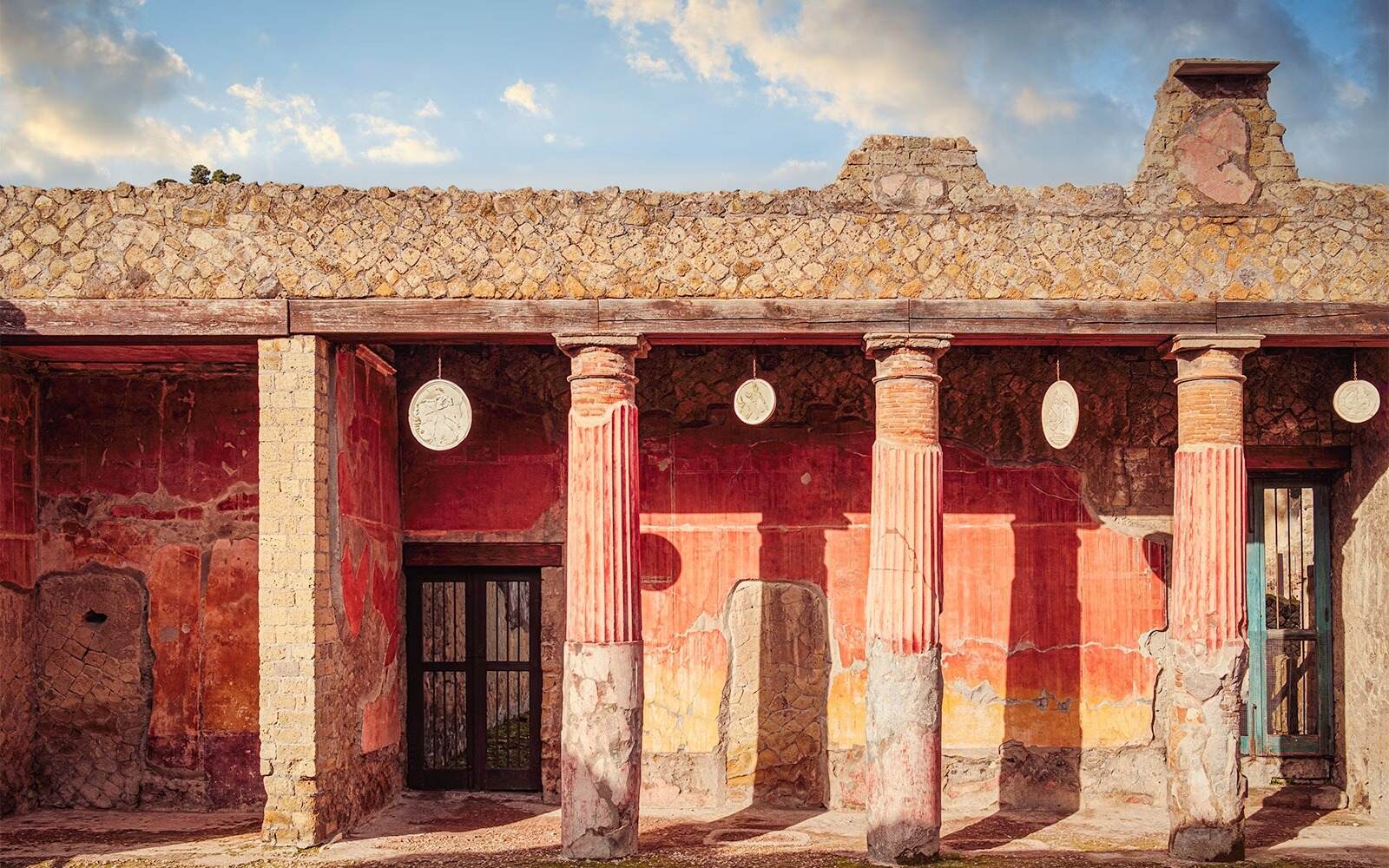Secrets Of Pompeii And Herculaneum Ruins

Have you ever wondered what life was like in ancient Roman cities? Pompeii and Herculaneum offer a unique glimpse into the past. These cities were buried by the eruption of Mount Vesuvius in 79 AD, preserving homes, streets, and even daily items. Walking through the ruins, you can almost hear the bustling markets and see the vibrant frescoes that adorned the walls. Unlike other historical sites, these cities provide an almost untouched snapshot of Roman life. Whether you're a history buff or just curious, visiting Pompeii and Herculaneum will transport you back in time, making history come alive in a way textbooks never could.
Secrets of Pompeii and Herculaneum Ruins
Pompeii and Herculaneum, two ancient cities frozen in time by the eruption of Mount Vesuvius in 79 AD, offer a fascinating glimpse into Roman life. These ruins, buried under volcanic ash for centuries, reveal secrets of the past that continue to captivate visitors.
Pompeii: A City Preserved in Ash
Pompeii, once a bustling Roman city, now stands as a testament to the power of nature and the resilience of history. Here are some must-see spots in Pompeii:
The Forum
- The heart of Pompeii, where politics, religion, and commerce intertwined. Imagine the bustling activity that once filled this space.
The Amphitheater
- One of the oldest surviving Roman amphitheaters. Picture gladiators battling for glory as the crowd roared.
House of the Faun
- A grand residence showcasing intricate mosaics and luxurious living. The famous "Alexander Mosaic" can be found here.
Villa of the Mysteries
- Known for its well-preserved frescoes depicting mysterious rituals. These paintings provide insight into ancient Roman religious practices.
The Baths
- Public baths where Romans socialized and relaxed. The advanced engineering of these baths is impressive even by today's standards.
Herculaneum: A Wealthy Town Frozen in Time
Herculaneum, smaller but wealthier than Pompeii, offers a different perspective on Roman life. The volcanic mud that buried Herculaneum preserved wooden structures and organic materials, providing unique insights.
House of the Deer
- A luxurious villa with stunning views of the Bay of Naples. The garden and frescoes reflect the opulence of its former inhabitants.
The Palestra
- An open-air gymnasium where residents exercised and socialized. Imagine the daily routines of Herculaneum's citizens.
The Boat Sheds
- Where many residents sought refuge during the eruption. The skeletal remains found here tell a tragic story of the disaster.
The Baths of Herculaneum
- Similar to Pompeii's baths but even better preserved. The intricate mosaics and marble decorations are a sight to behold.
The Samnite House
- One of the oldest houses in Herculaneum, showcasing early Roman architecture. The atrium and frescoes offer a glimpse into ancient domestic life.
Hidden Gems of Pompeii and Herculaneum
Beyond the well-known sites, both cities have lesser-known spots that reveal even more about Roman life.
Garden of the Fugitives (Pompeii)
- Casts of victims caught in their final moments. This poignant site reminds visitors of the human cost of the eruption.
House of the Bicentenary (Herculaneum)
- Recently reopened, this house features beautiful frescoes and a unique layout. It offers a fresh perspective on Herculaneum's residential architecture.
The Lupanar (Pompeii)
- An ancient brothel with explicit frescoes. This site provides insight into the more private aspects of Roman life.
Suburban Baths (Herculaneum)
- Less crowded than the main baths, these offer a more intimate look at Roman bathing culture. The well-preserved frescoes are a highlight.
The Bakery of Popidio Prisco (Pompeii)
- An ancient bakery with mills and ovens still intact. Imagine the aroma of freshly baked bread filling the air.
Pompeii and Herculaneum continue to reveal their secrets, offering a window into a world long gone yet remarkably preserved. Each site tells a story, waiting to be uncovered by curious minds.
Timeless Wonders of Pompeii and Herculaneum
Pompeii and Herculaneum offer a unique glimpse into ancient Roman life. Walking through these ruins, you can almost hear the echoes of bustling streets and lively markets. The well-preserved buildings, intricate mosaics, and everyday artifacts tell stories of a world frozen in time.
Visiting these sites is not just about seeing old stones; it's about connecting with history on a personal level. You get to see how people lived, worked, and played thousands of years ago. The tragic eruption of Mount Vesuvius in 79 AD turned these cities into time capsules, preserving their secrets for us to uncover.
Whether you're a history buff or just curious, Pompeii and Herculaneum will leave you in awe. These ruins remind us of the fragility of life and the enduring power of human resilience.

